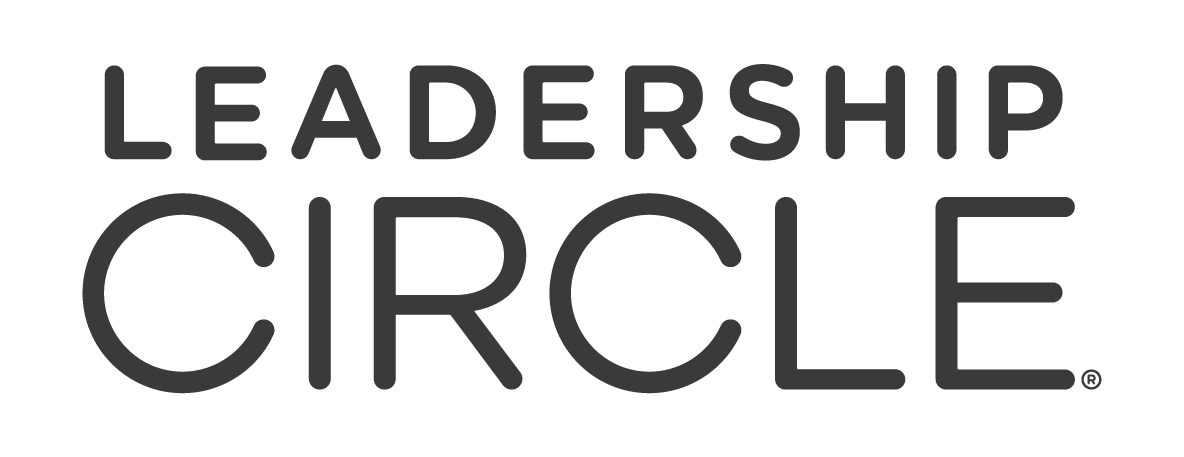Our research suggests that most leaders (70 to 80%) are leading Reactively. They do so through one of three different Reactive Types. Each type has very different strengths and limitations. Because these types are quite different, unless there is considerable self-awareness, the relational dynamics between these Reactive Types is often not very effective.
As we develop into the adulthood we do so by leveraging core strengths, whether it be the strengths of relationship (heart), intellect (head), or results (will). While we each have all three of these strengths, we tend to organize our character around the one that is core to our essential nature. We form our identity in relationship to these core strengths. As we mature, we tend to develop our primary strength first and leverage our best. Other strengths tend to develop later, or remain underdeveloped. One of these three core behavioral tendencies is central to our identity and to how we deploy ourselves as leaders.
Heart Types move toward others establishing their core ego identity in relationship to people. They lead from Yin. They form their character around their gift of Heart, their relationship orientation. At the Reactive Stage of Development, they are identified with that gift. Their self-worth and security depend on others liking, loving, or accepting them. Their core belief is, “I am OK if you like, love and/or accept me.” They tend to give up too much power in order to be liked. They fear rejection—not being accepted, loved, or liked feels like death—and thus they tend not to push controversial issues, to be conflict-averse, indecisive, and show up cautiously or passively. They are Complying Types.
Will Types move against others and compete in order to triumph over others. This type is a mirror image opposite of the Complying type. The lead from Yang. Rather than giving up power, they take up power and use it to get ahead. Their core strength is their willpower—their inner drive to make things happen, get results, and create what they want. They are born to lead and to drive things forward. At the Reactive Stage of Development, they organize their identity around their gift of will and use of power. Their core beliefs include: “I am okay if I am the one who gets results, is perfect, moves up and is in charge and in control.” They fear failure. Failing at anything feels like death. Consequently, they often seek and gain power at the expense of others, and see others as resources to be used to accomplish what they want. They often leave a host of injured bodies in their wake. They do not delegate, develop teamwork, build trust, or mentor others gracefully. They are Controlling Types.
Head Types move away from others in rational, analytical distance. Neither Yin nor Yang the take the neutral position. They are usually intellectually brilliant and quite rational. They seek knowledge and truth, and identify with that gift. Their strength is remaining composed and rational amid chaos and conflict, analyzing what is going on from a safe distance, and providing brilliant analysis to complex and conflictual situations. At the Reactive Stage of Development, they establish their sense of worth and security by demonstrating their analytical and critical capabilities. They fear vulnerability. They remain in their head, staying above the fray, and provide rational explanations for events. Their self-worth and security depend on others seeing them as smart, knowledgeable, and superior. Their core belief is, “I am okay if I am smart, self-sufficient, superior, above it all, and can find the flaw in other’s thinking.” They are often experienced as cold, distant, disengaged, overly analytical, critical, or arrogant. They are Protecting Types.
Each of us, at the core, is a uniquely gifted person, forming our character around our native strengths. This leads us to develop some very valuable and admirable qualities. These qualities reach maturity at the Creative Stage of Leader Development. Will/ Types serve others by mastering the ability to achieve results, push for aggressive growth, accomplish important priorities, and organize vast resources to accomplish a worthy goal. Heart/ Types become loyal, hard-working, gifted at creating harmony, sensing others’ needs, helping and supporting others. Head/ Types bring the strength of their analytical mind to bear on complex problems. They gain perspective and engage with unemotional calm and clarity of insight. Each character structure has its own strengths and gifts.
The fact that each type of leader organizes their identity around their core strength creates the liabilities and limitations mentioned above. Reactive types: are often more concerned with how they are doing than with what they are doing; do things right (defined by norms), rather than doing the right things; over-control and micromanage; avoid conflict by not addressing real issues; fail to lead by constantly escalating ideas for change to higher management to get permission to move ahead; hold decision making and creative engagement close to the vest—vested in top management; expect top management to have all the answers, to provide the charismatic vision, and to fix the messes; blame others for problems and claim no share of complicity themselves; wait for the culture to change, for mixed messages to be clarified, and for guarantees of success before investing in change; believe that vision and direction must come first from above, and that the job of those below is to receive it—rather than to co-create the future; and say what they’re expected to say in meetings and have the real conversations afterwards. Such reactive behaviors limit or block change, undermine collective effectiveness and sub-optimize performance.

Reactive domain and associated beliefs and behaviors
The Leadership Circle Universal Model of Leadership maps out the entire domain of Reactive Leadership. The bottom half of the circle is a complete map of how Reactive Mind structures itself. There are multiple measures of Reactive behavior, run from well-researched self-limiting beliefs, that fit neatly into one of the three types and form the core organizing beliefs and behaviors of each type. Since the opposite types of Complying (yin) and Controlling (yang) are displayed on opposite sides of the circle, with Protecting (neutral) in the middle, the Model and the Profile are very useful in explaining the nature of each Reactive type as well as the functional and dysfunctional dynamics between them.
Providing leaders with feedback through the LCP invites them to: identify their predominant Reactive type; learn how they establish their identity; explore their reactive beliefs; see the behaviors that these beliefs foster; see how they might be playing-not-to-lose; learn how they may be sub-optimizing the tension between purpose and safety; see how they may be getting in their own way; see how they contribute to the functional or dysfunctional team dynamics; and see how they may contribute to creating results that are contrary to best intentions. By understanding these factors, leaders are invited into transformative insight that provides a pathway to greater effectiveness. Leaders have the opportunity to bring their core strength into is full Creative maturity and jettison the Reactive limitations.
# # #
Excerpted from Mastering Leadership: An Integrated Framework for Breakthrough Performance and Extraordinary Business Results, by Robert J. Anderson and William A. Adams (Wiley, 2015)
Bob Anderson is Chairman and Chief Development Officer and Bill Adams is CEO of The Leadership Circle and the Full Circle Group. They are coauthors of Mastering Leadership (Wiley). Visit www.fcg-global.com or http://www.leadershipcircle.com.





